Federalist Regime - History of USA #4
After winning the war of independence, there were two sections, divided on two political thoughts or ideologies:
- Federalists
- Anti Federalists
- FEDERALISTS
Federalists were a group of those people who wanted to ratify newly approved constitution and they were supporters of strong Federation. They believed that a strong center is able to protect the rights of the states and will keep all the states intact.
- ANTI-FEDERALISTS
Anti Federalists were a group of those people who did not want to ratify the constitution. They talked about confrontation and they wanted strong States. As per their ideas, a strong central form of government can easily violate individual rights to liberty.
This was the first American regime after the establishment of USA. George Washington, the hero of the war in view of his valuable services to the country, was elected unanimously to be the first President of the United States. When he assumed office, the country was confronted with numerous domestic and foreign problems. The Federalists were in office from 1789 to 1801 manages to tackle these problems without any difficulty and guided the destiny of the country with great ability. However this regime gave a new start to America.
- President: George Washington
- Secretary for Treasury: Alexander Hamilton
- Secretary of State: Thomas Jefferson
- PROBLEMS
- Domestic: Had to provide sound economy and the frontier problems as they needed immediate attention
- Foreign Sphere: Relations had to be harmonized with countries like France, Spain and England
- THE BASIC DIFFERENCE
Following were some of the basic differences between Federalists and Anti-Federalists:
1. Political Ideology
Federalists were of the view that common men should not run the government, because they lack experience of tacking any government office. The system of the government must be based on the idea of Strong Central government so that it can protect the unity and integration of the United States. On the contrary, Anti Federalists group claimed that anyone can run the show of the country.
2. Economic Philosophy
Federalists supported the concept that wealth and property should be in the hands of the aristocrats and the government should support the business class by granting subsidies. But Anti-Federalists were against this concept as they were of the view that common man should run the government because he is able to do any task if opportunity is given and there should be equality and distribution of wealth among all.
3. System of Government
Federalists wanted a Strong Federation to take decisions for the benefit of the people but Anti-Federalists opposed this concept because they were in favor of Strong States and a relatively weaker center. They wanted to protect the rights of small states.
4. Representation to the Congress
Federalists demanded representation to the Congress should be according to the population of each state. On the contrary, Anti-Federalists demanded equal representation of the states in the Congress.
5. Bill of Rights
Regarding Bill of Rights, Federalists's stance was firm and rigid. They popularly propagated that there was no need of Bill of Rights because they were keen to ratify the Constitution but in Opposition, Anti-Federalists voted in its favor.
6. Ratification of the Constitution
Federalists were keen to ratify the Constitution but Anti-Federalists wanted more powers for the states. So they opposed it.
- CRITICAL ANALYSIS
The period from 1789 to 1901 has been termed the era of Dual Federalism. It has been characterized as an era during which there was little collaboration between the National and State governments. Cooperative Federalism is the term given to the period from 1901 to 1960. This period was marked by greater cooperation and collaboration between the various levels of government. It was during this era that the national income tax and the grant-in-aid system were authorized in response to social and economic problems confronting the nation. The period from 1960 to 1968 was called Creative Federalism by President Lyndon Johnson's administration. President Johnson's Creative Federalism as embodied in his Great Society program was, by most scholars' assessments, a major departure from the past. It further shifted the power relationship between governmental levels toward the national government through the advancement of grant-in-aid system and the increasing use of regulations. Contemporary Federalism, the period from 1970 to the present, has been characterized by shifts in the intergovernmental grant system, the growth of unfunded federal mandates, concerns about federal regulations, and continuing disputes over the nature of the federal system.
Thanking in Anticipation of Appreciation!
If You Liked this, please UP VOTE this post & FOLLOW me for more from this series.

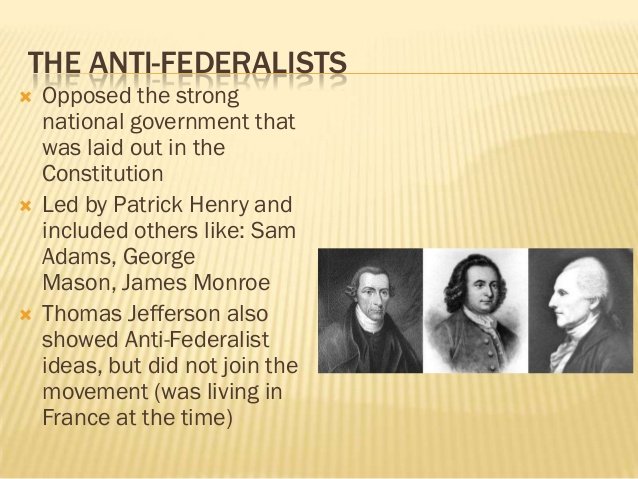
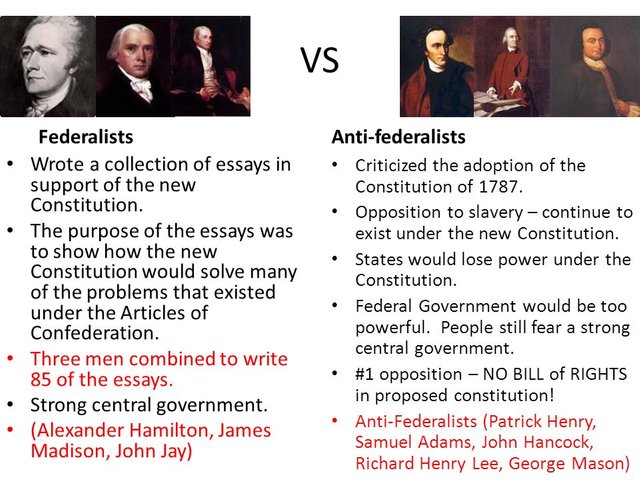
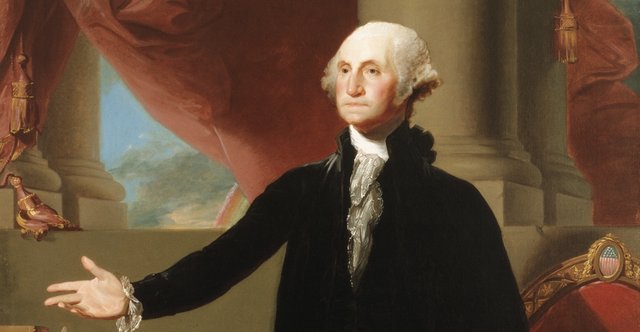
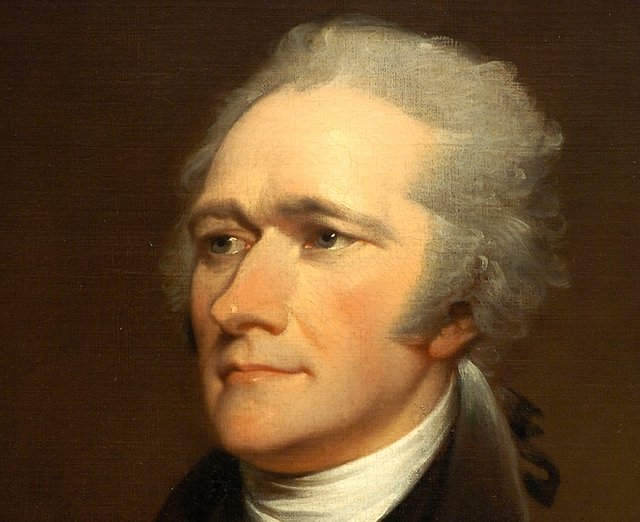
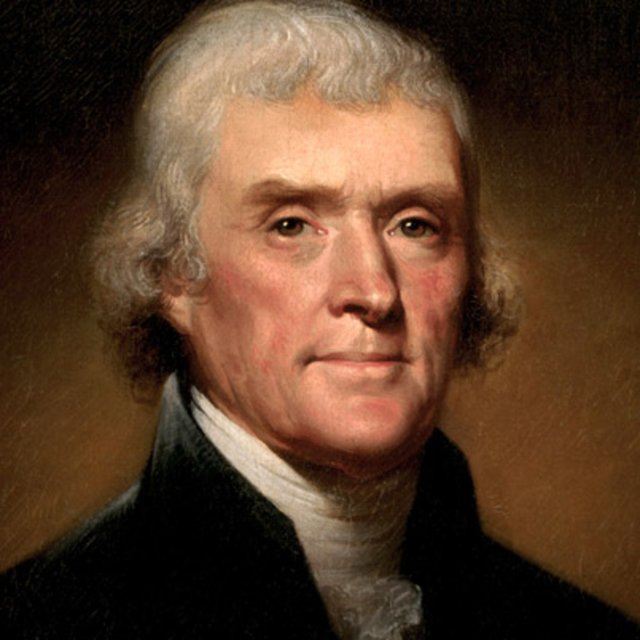
Congratulations! This post has been upvoted from the communal account, @minnowsupport, by Junaid from the Minnow Support Project. It's a witness project run by aggroed, ausbitbank, teamsteem, theprophet0, and someguy123. The goal is to help Steemit grow by supporting Minnows and creating a social network. Please find us in the Peace, Abundance, and Liberty Network (PALnet) Discord Channel. It's a completely public and open space to all members of the Steemit community who voluntarily choose to be there.
If you like what we're doing please upvote this comment so we can continue to build the community account that's supporting all members.
This post has received a 0.78 % upvote from @drotto thanks to: @banjo.
Politics is just too corrupt.